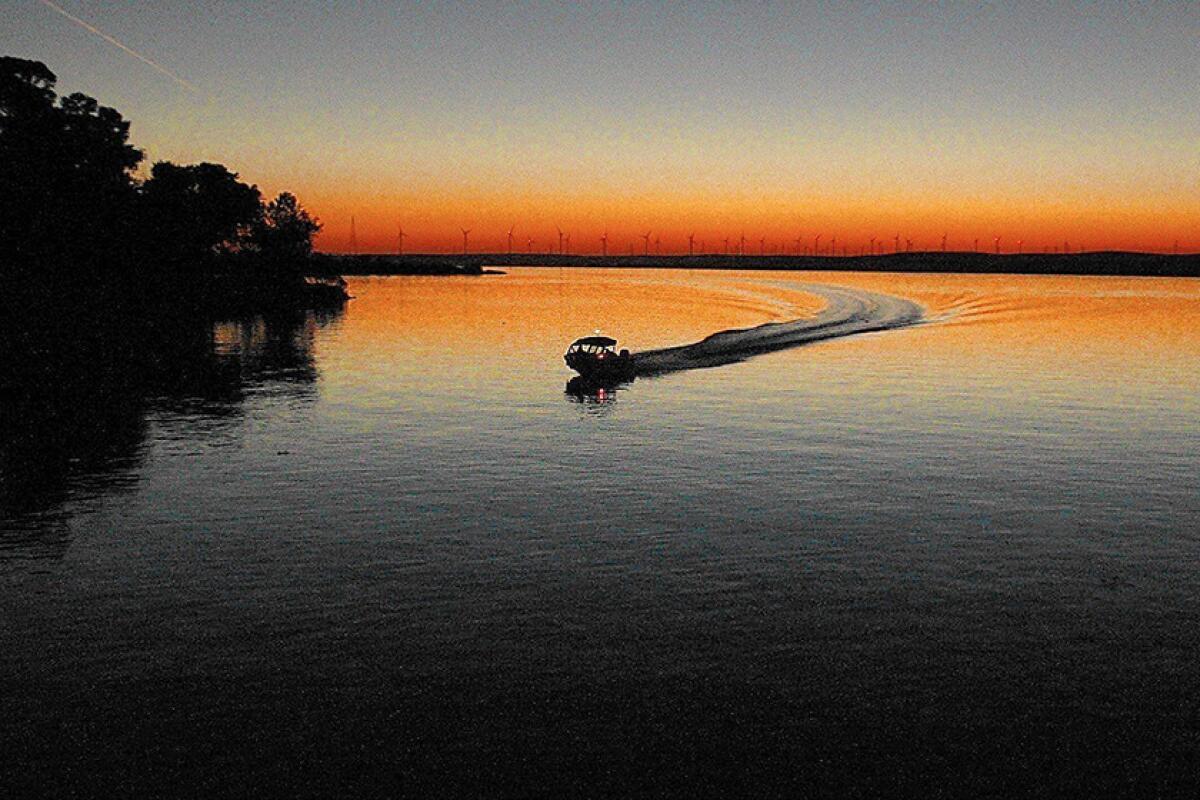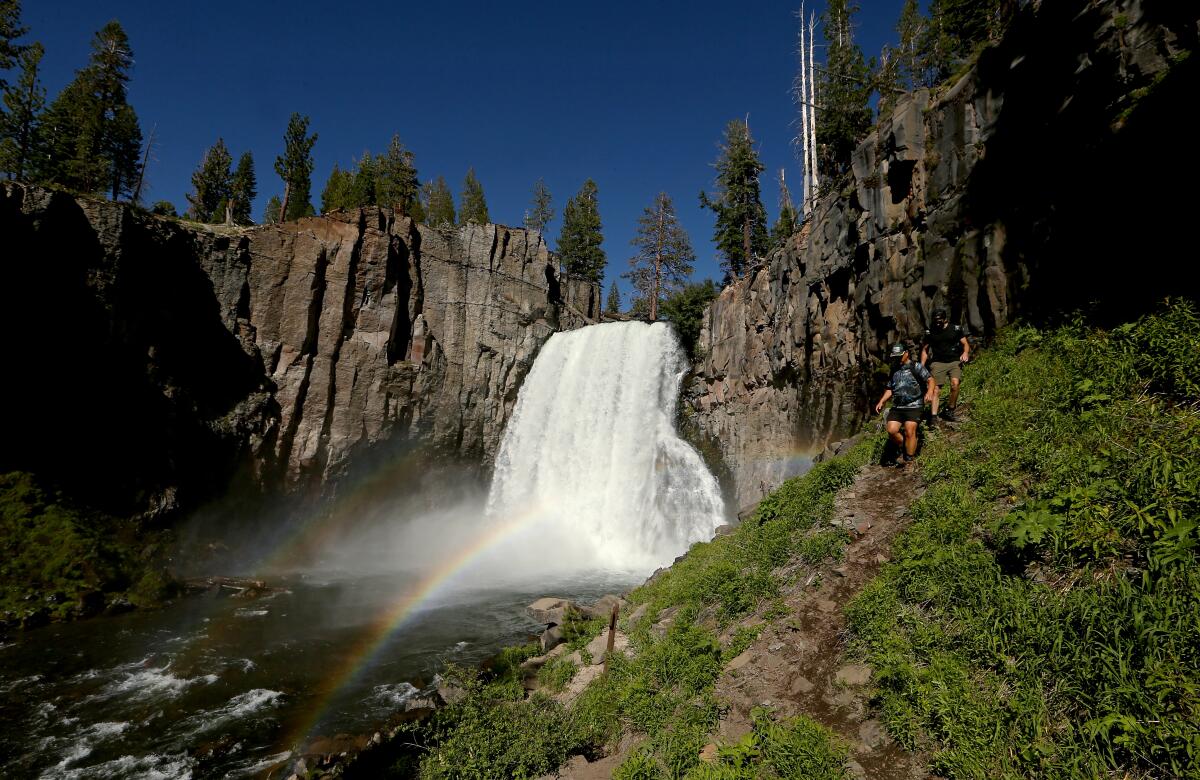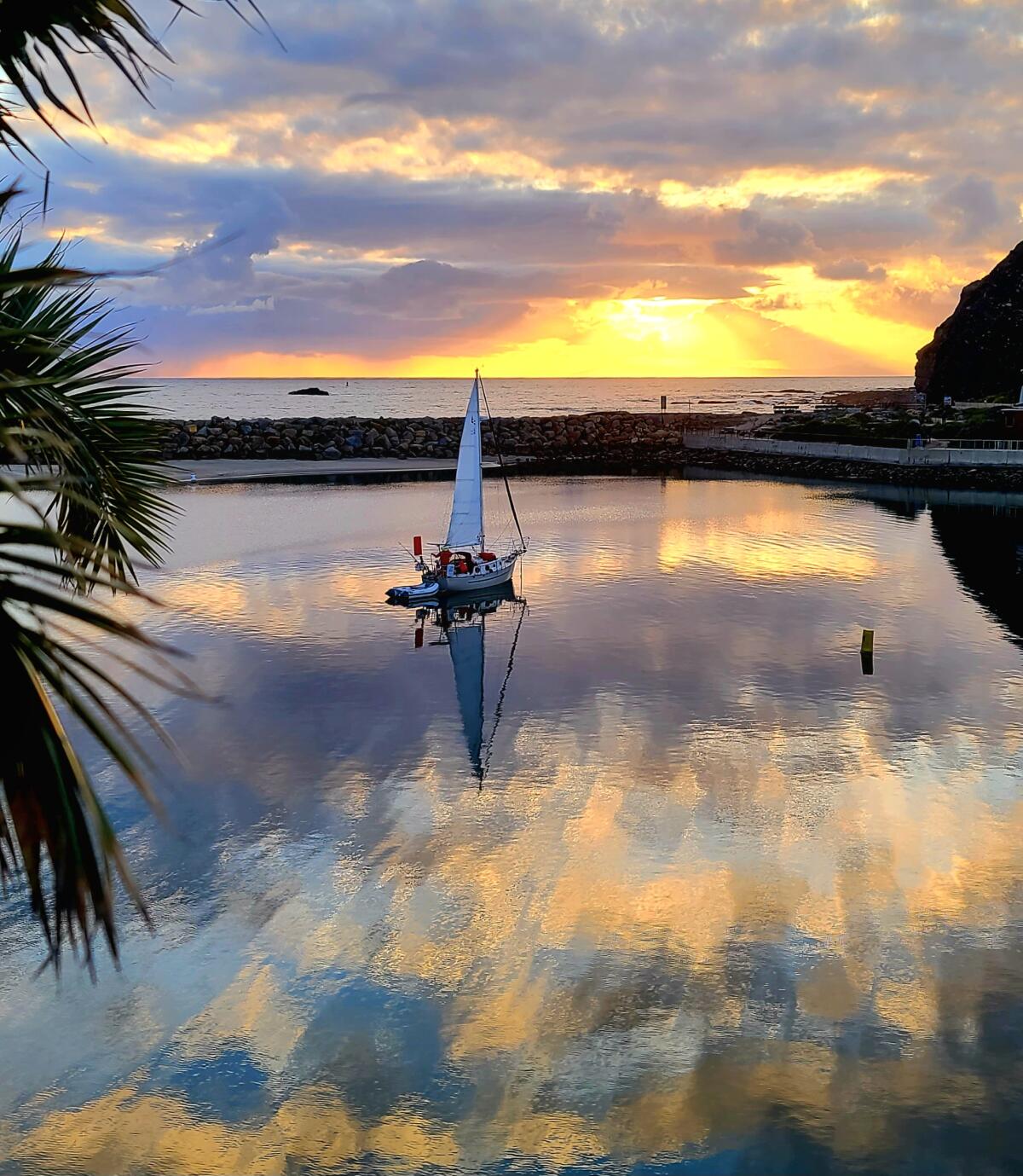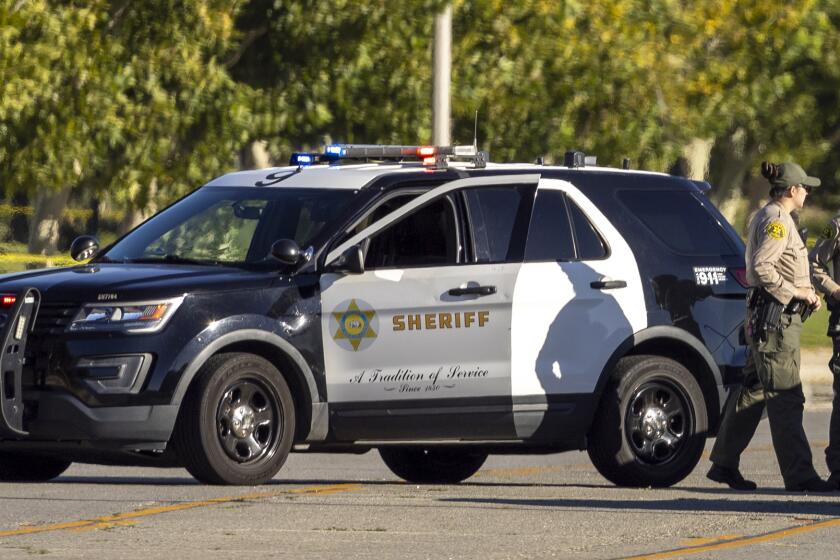A federal probe could change the course of California’s bay-delta water plans

- Share via
Good morning, and welcome to the Essential California newsletter. It’s Monday, Aug. 14.
The Sacramento-San Joaquin River Delta is a key water source for many Californians. But state tribal leaders and environmental activists say state officials have for years failed to properly manage it. They accuse California’s powerful water agency of excluding Indigenous residents and people of color from discussions about the future of the delta while diverting water to big agricultural interests and distant cities, damaging the local ecosystem.
Now, their accusations will be looked into by the federal government.
The U.S. Environmental Protection Agency announced an investigation of the California State Water Resources Control Board stemming from a civil rights complaint filed by a coalition of state tribes and activists who allege the state discriminated against Indigenous residents and people of color.
The outcome of the EPA inquiry “could force changes in how the state manages water,” my colleague Ian James writes.
“The tribes and environmental groups argue that out-of-date water quality standards in the delta have led to collapsing fish populations and worsening toxic algae blooms, harming tribes whose traditions are tied to the rivers and leaving residents in South Stockton and other areas with stagnant waterways often choked with algae,” he reported.
The coalition filed a civil rights complaint against the board back in December seeking to force officials to update their water quality plan for the delta and San Francisco Bay.
Coalition members allege that the board’s failure to enact new, equitable water quality standards to keep the delta healthy can be traced back to California’s history of racism and oppression.
“Although the state water board has acknowledged this history and promised repair, it is instead carrying this discrimination into the present,” Stephanie Safdi told Ian. Safdi, an attorney with Stanford University’s Environmental Law Clinic, represents the coalition.
“Business as usual can’t continue,” she said. “We need to change the way that we’re managing for the health of these ecosystems, and for the communities that depend on them.”
The EPA has 180 days to release its preliminary findings, though it’s unclear how long the full investigation will take.
“The state water board will cooperate fully with the investigation and believes U.S. EPA will ultimately conclude the board has acted appropriately,” Ailene Voisin, a spokesperson for the board, told The Times.
The investigation comes as state officials move forward on major infrastructure projects that would affect the delta, namely a planned water tunnel and plans to build a reservoir north of Sacramento.
The environmental groups and tribes are demanding those projects be put on hold until the bay-delta plan is updated to adequately protect the watershed’s ecosystem.
And now, here’s what’s happening across California:
Note: Some of the sites we link to may limit the number of stories you can access without subscribing.
CALIFORNIA CULTURE
The death toll from the Maui wildfire has surpassed that of 2018’s Paradise fire in Northern California, making it the deadliest U.S. wildfire in a century. With about 1,000 people still missing and thousands more displaced by the devastating blaze, Native Hawaiian and Pacific Islander groups in Southern California are stepping up to help. Here are some efforts across the region. Los Angeles Daily News
The Bay Area’s tech reputation is one of moving fast and breaking things, but San Francisco’s robotaxis weren’t moving at all last week. At least 10 Cruise driverless cars stopped and blocked lanes in the city’s popular North Beach bar and restaurant district Friday night. The latest obstruction came just a day after the California Public Utilities Commission voted to allow robotaxi companies Cruise and Waymo to expand their fleets as much as they’d like. Los Angeles Times

Given what we know about life in drought-prone California (even after a recent reprieve), is it still possible to have a guilt-free lawn? Times writer David Wharton explores that question as he wrestles with how to transform his home turf. Los Angeles Times
L.A. STORIES
A winding 2.4-mile stretch of Mulholland Highway is slated to reopen next year after being closed to drivers and motorcyclists in 2019 due to a history of fatal crashes. County officials have added features meant to encourage slower speeds, but with L.A. County roads the scene of 20% of all California’s fatal crashes last year, will “the Snake” actually shed its deadly reputation? Los Angeles Times
After more than 60 years, the balls will stop rolling at Burbank’s Pickwick Bowl. The beloved bowling alley will soon be knocked down and replaced with townhomes. Here’s how some loyal bowlers marked the last weekend at the lanes. LAist
POLITICS AND GOVERNMENT
A first-of-its-kind survey of Black women in California revealed their views on politics, economics, family and their lives in the Golden State. The poll of more than 1,250 women found 37% work two or more jobs, with 62% of those respondents saying the added employment is necessary to make ends meet. CalMatters
Support our journalism
HEALTH AND THE ENVIRONMENT
Research shows valley fever is spreading into Northern California. The respiratory disease spread by fungal spores had been concentrated largely in the Arizona desert and the lower San Joaquin Valley, but epidemiologists say warmer temperatures and the extremes of drought and rain fueled by climate change are pushing the disease farther north. San Francisco Chronicle

The near-record snowpack in the eastern Sierra Nevada brought fears of a potentially catastrophic “Big Melt” flooding small valley communities. But a favorable spring and mild start to the summer helped keep waterways manageable, with a projected return to normal coming next month. Los Angeles Times
A new wolf pack has been spotted in California. Wildlife officials say these wolves, in the Sequoia National Forest near Tulare County, were found farther south than any packs known to roam in California. The Fresno Bee
Free online games
Get our free daily crossword puzzle, sudoku, word search and arcade games in our new game center at latimes.com/games.
AND FINALLY
Today’s California landmark is from Rock Kendall: his local seaside views in Dana Point.

What are California’s essential landmarks? Fill out this form to send us your photos of a special spot in California — natural or human-made. Tell us why it’s interesting and what makes it a symbol of life in the Golden State. Please be sure to include only photos taken directly by you. Your submission could be featured in a future edition of the newsletter.
Please let us know what we can do to make this newsletter more useful to you. Send comments to essentialcalifornia@latimes.com.
Sign up for Essential California
The most important California stories and recommendations in your inbox every morning.
You may occasionally receive promotional content from the Los Angeles Times.







